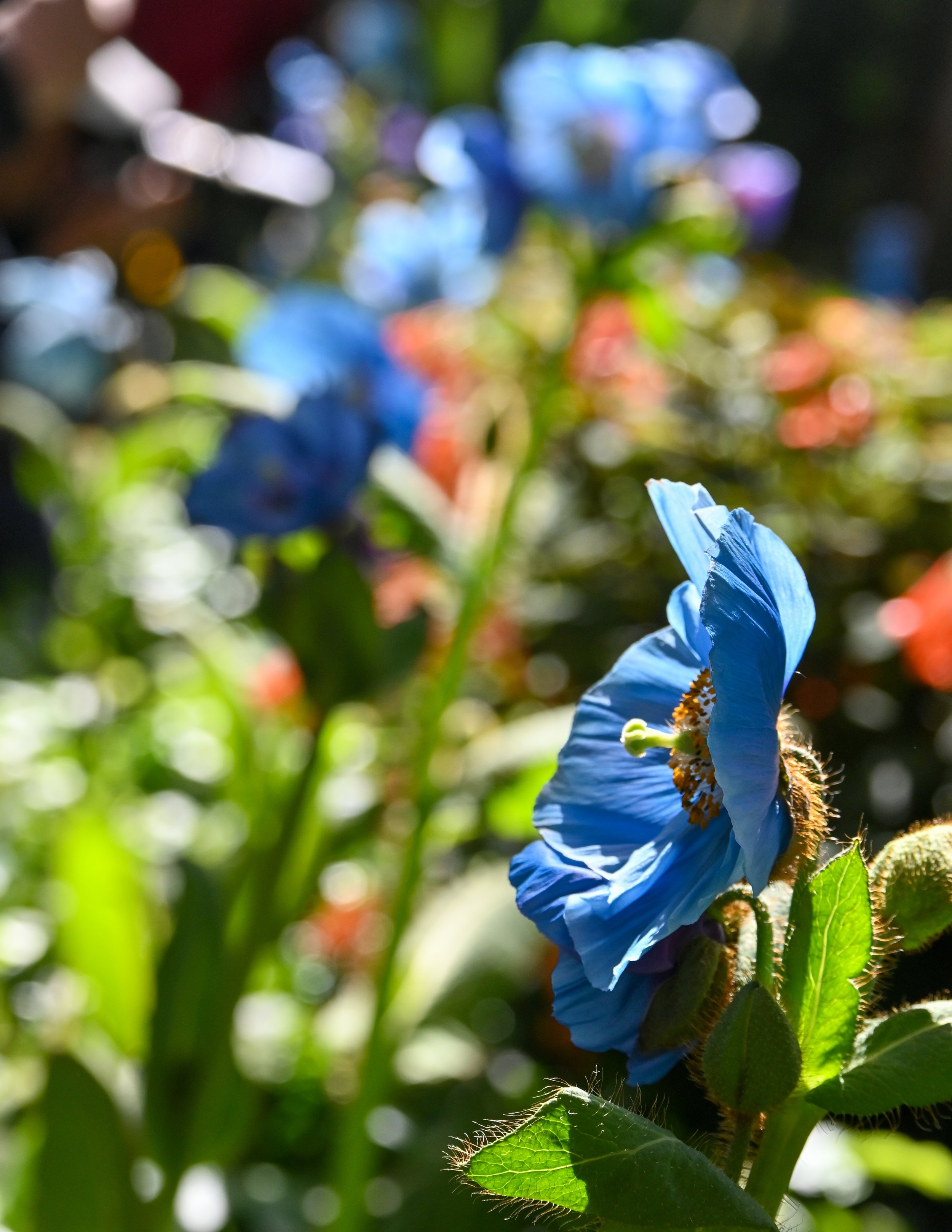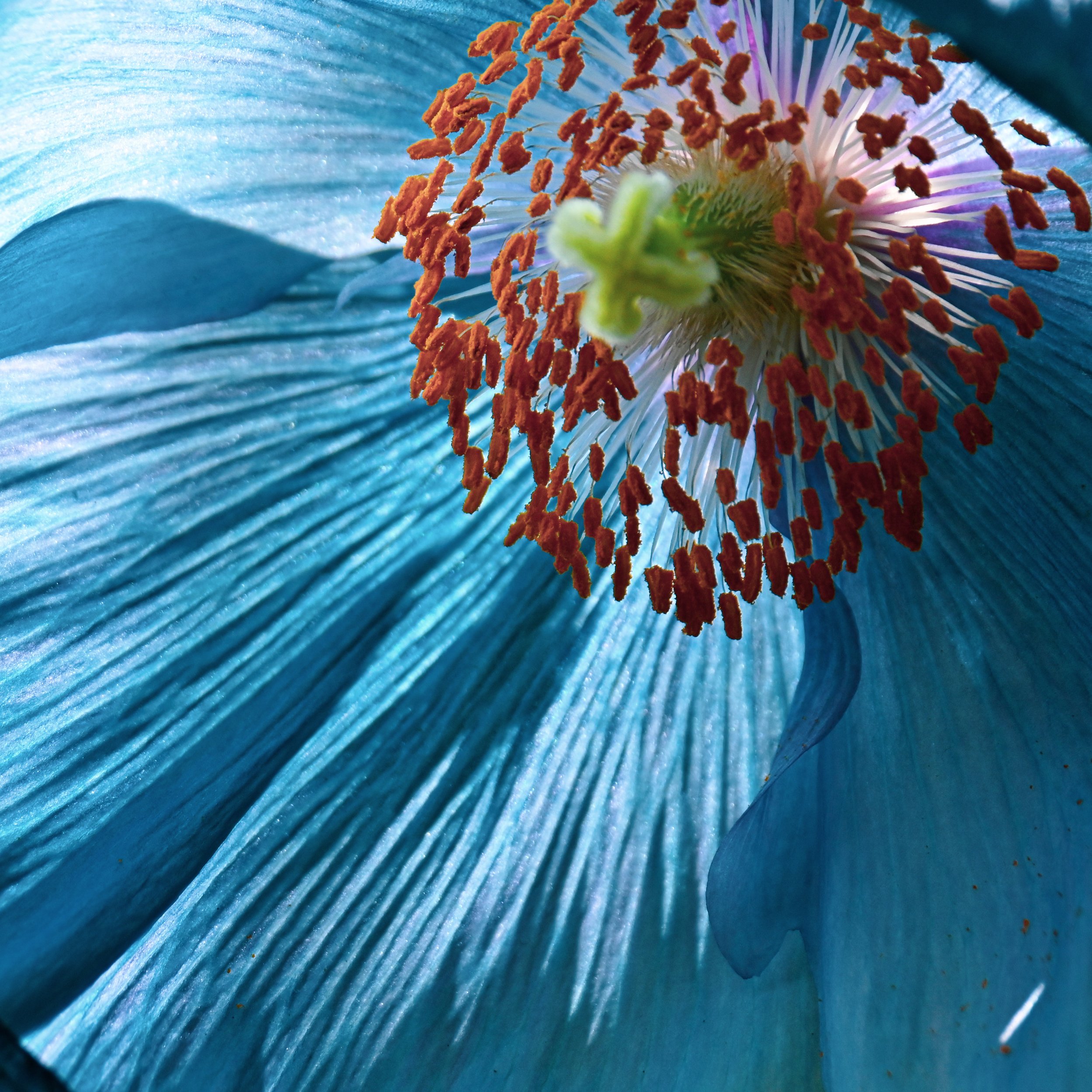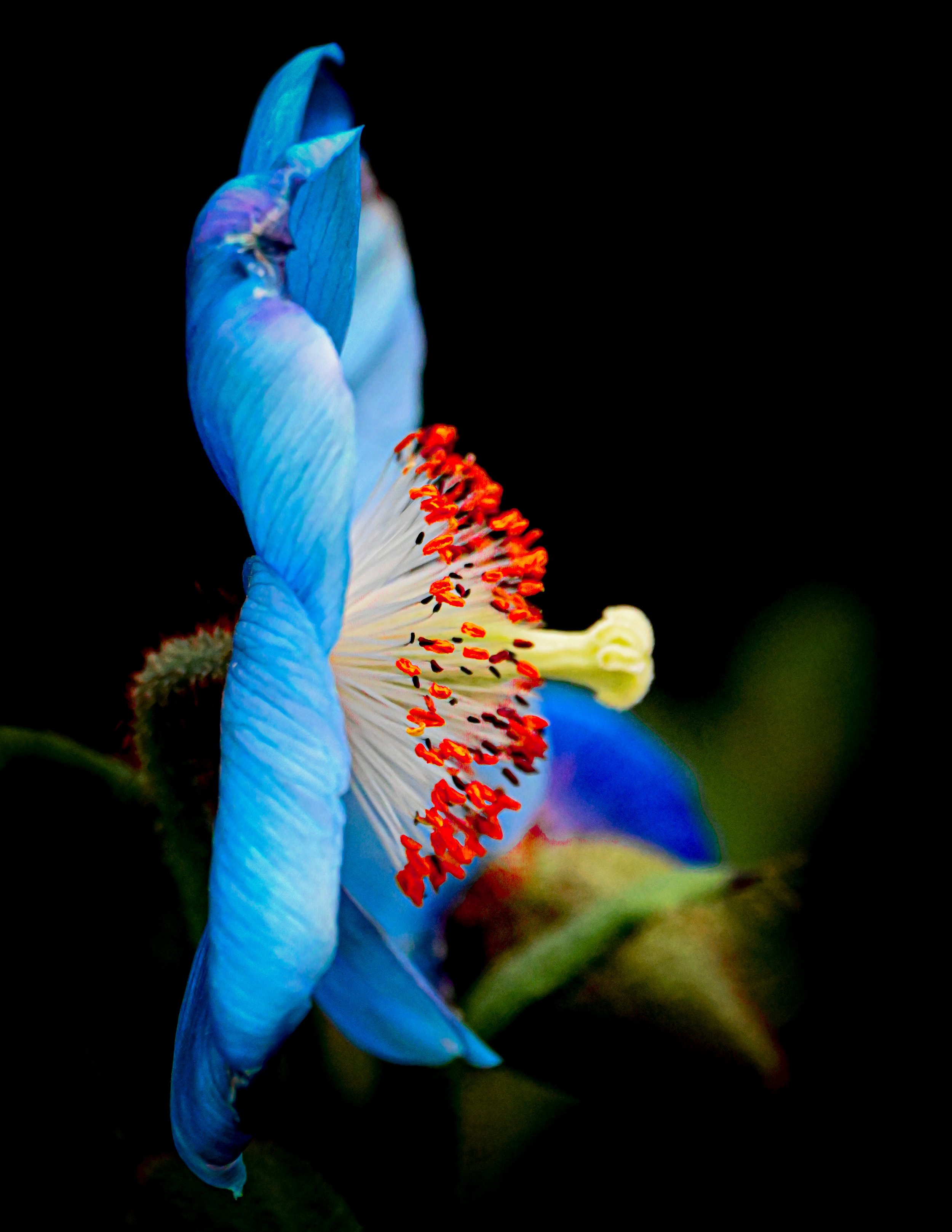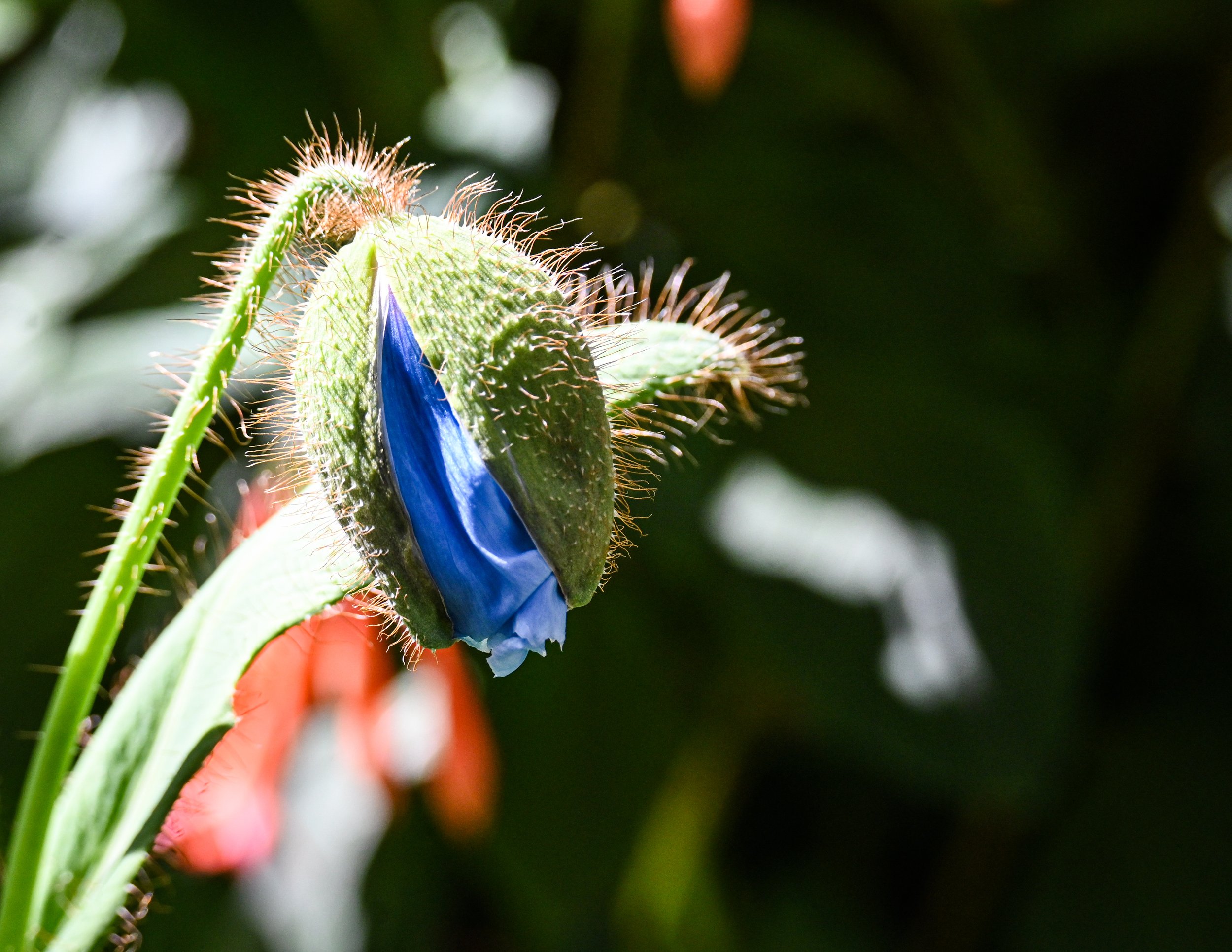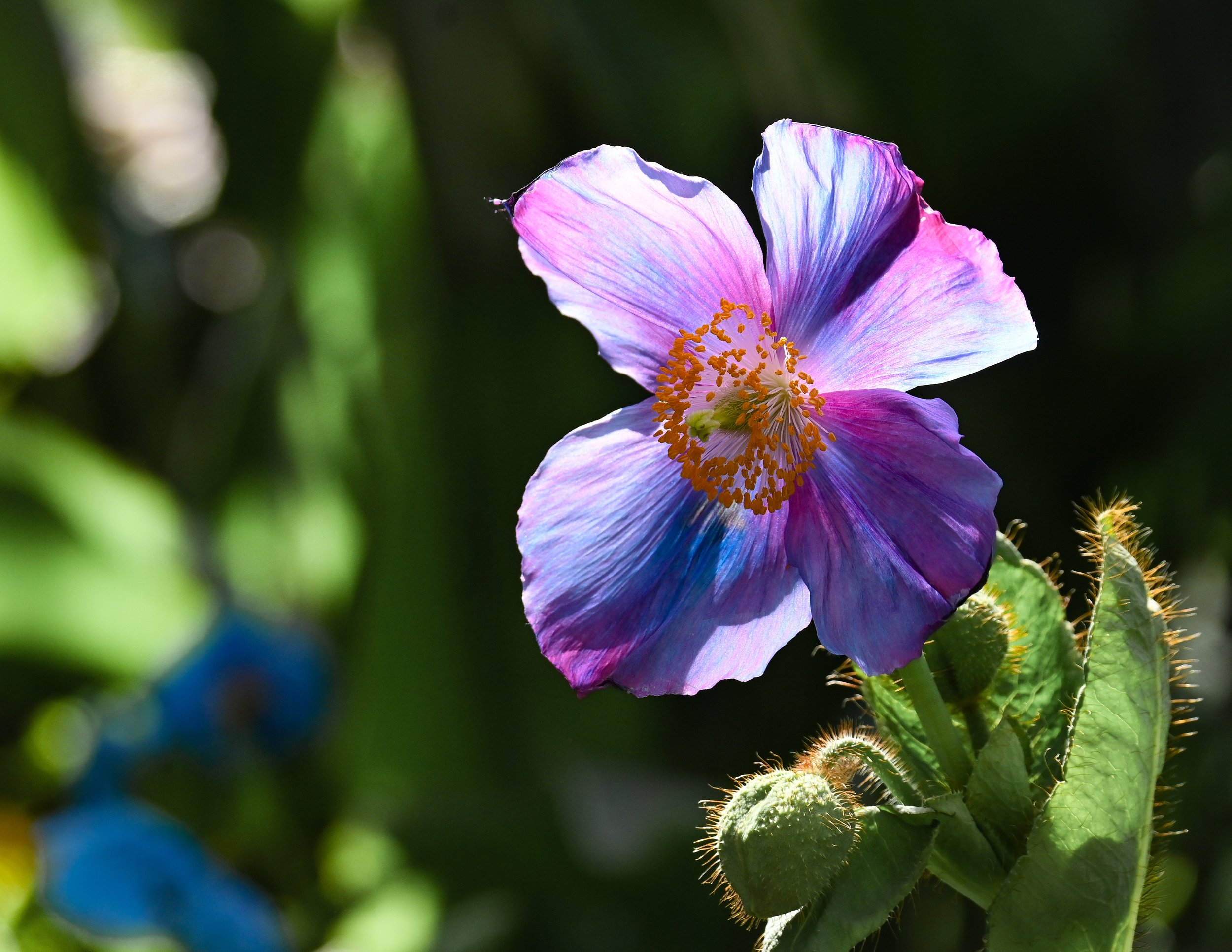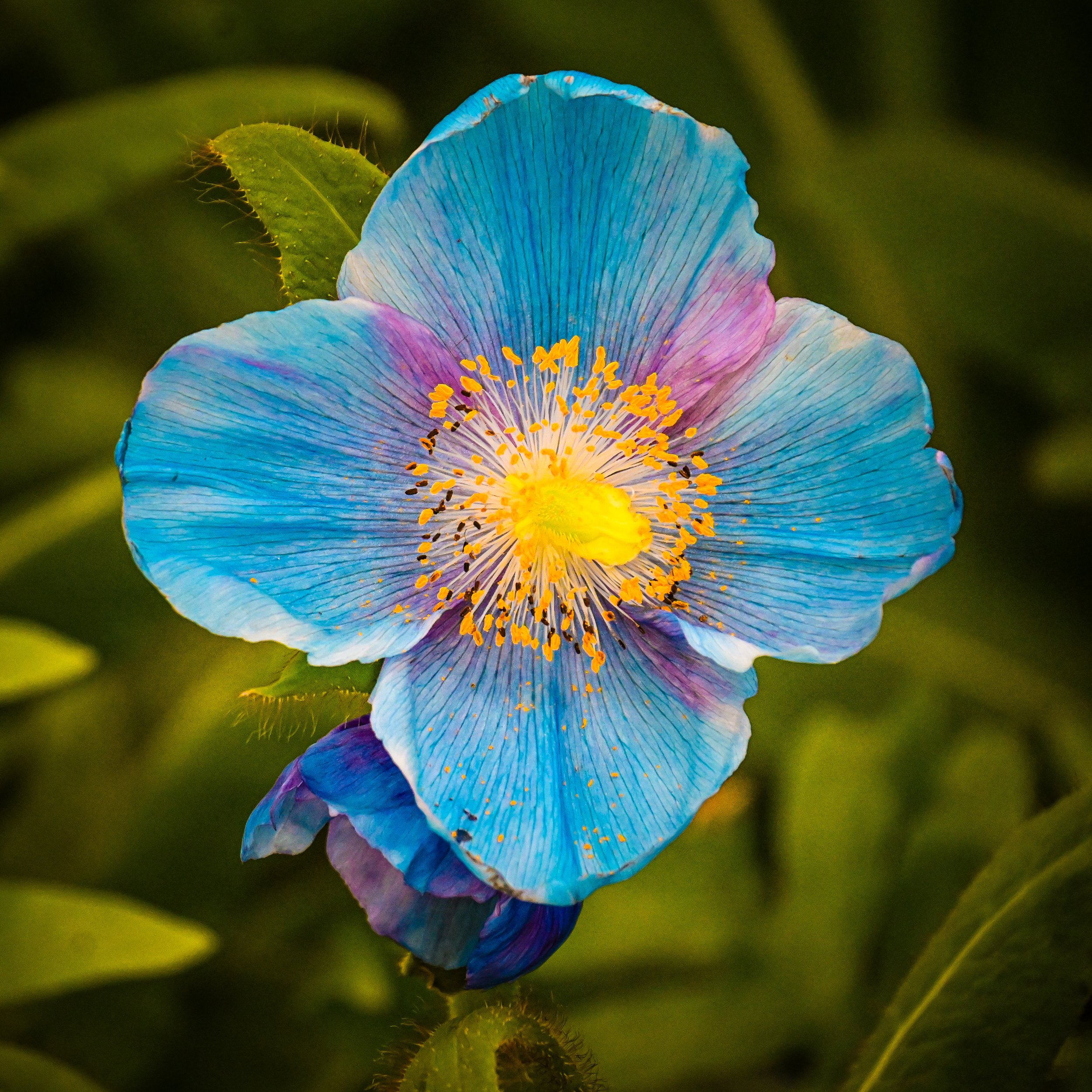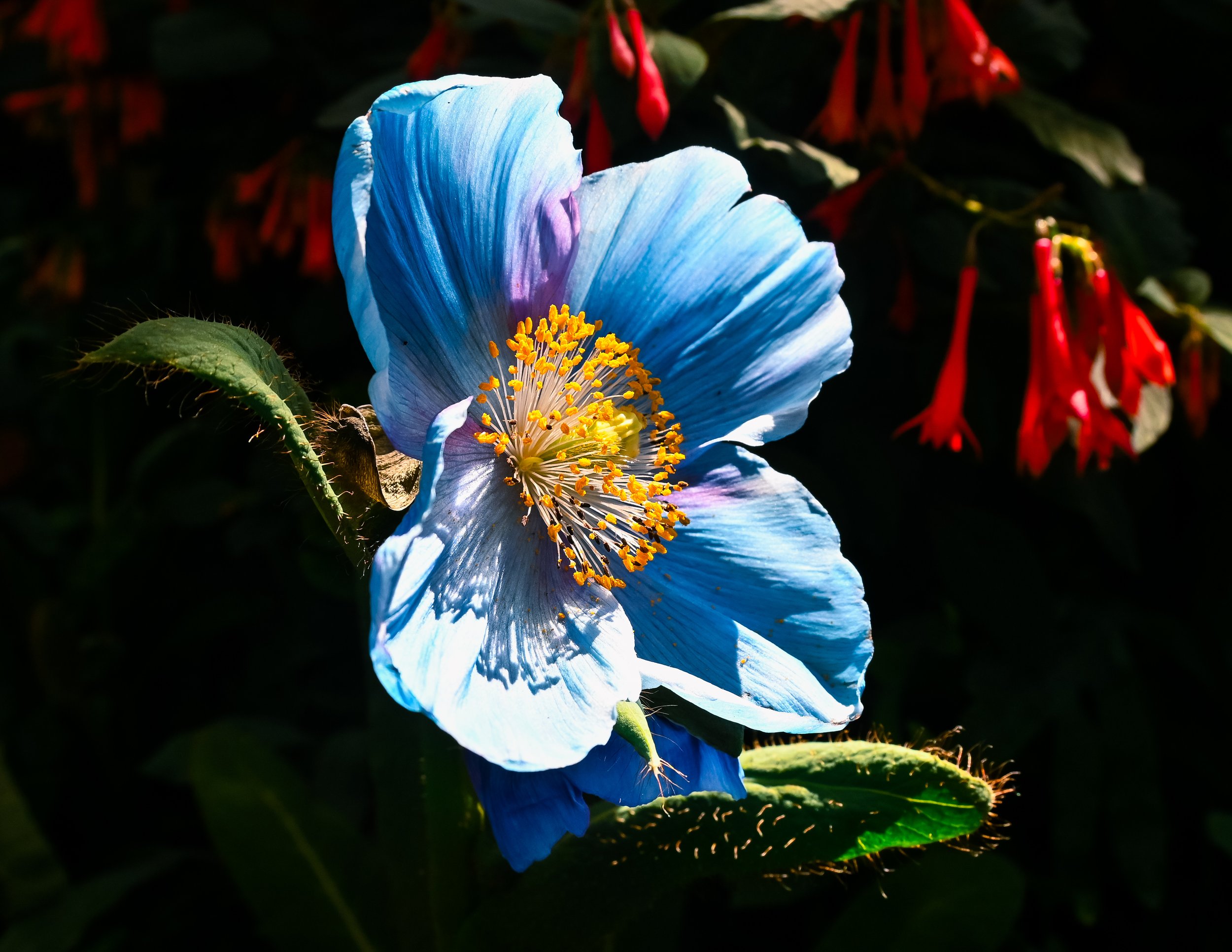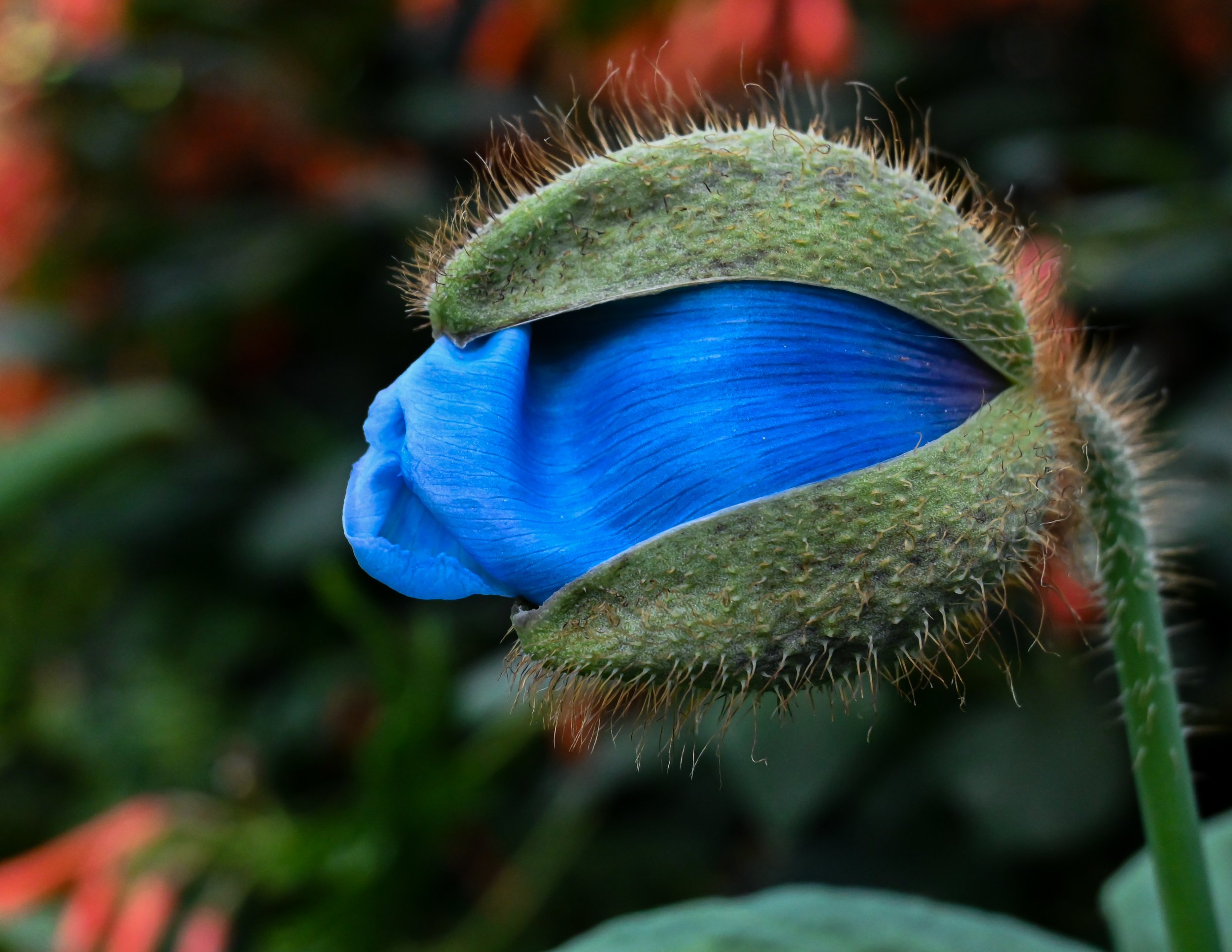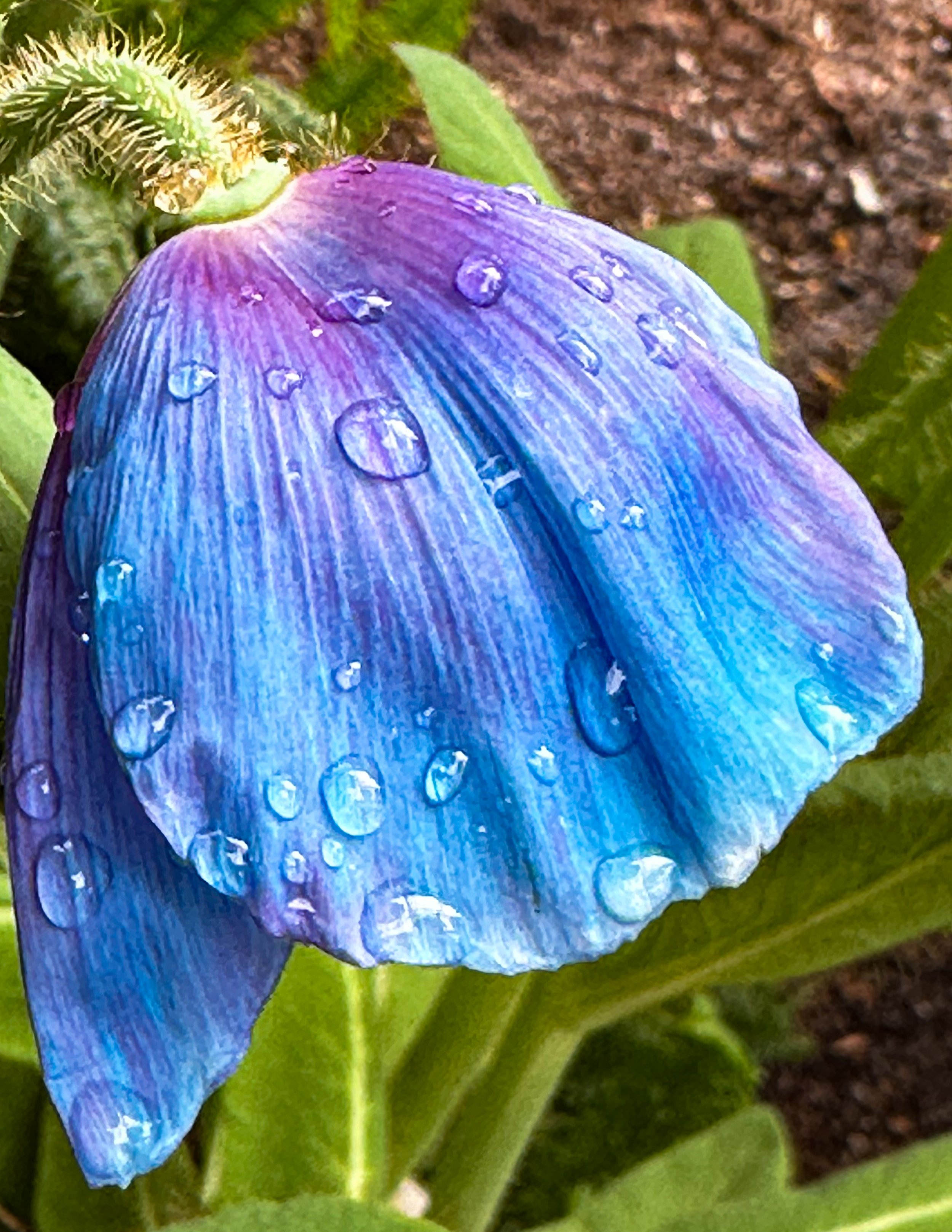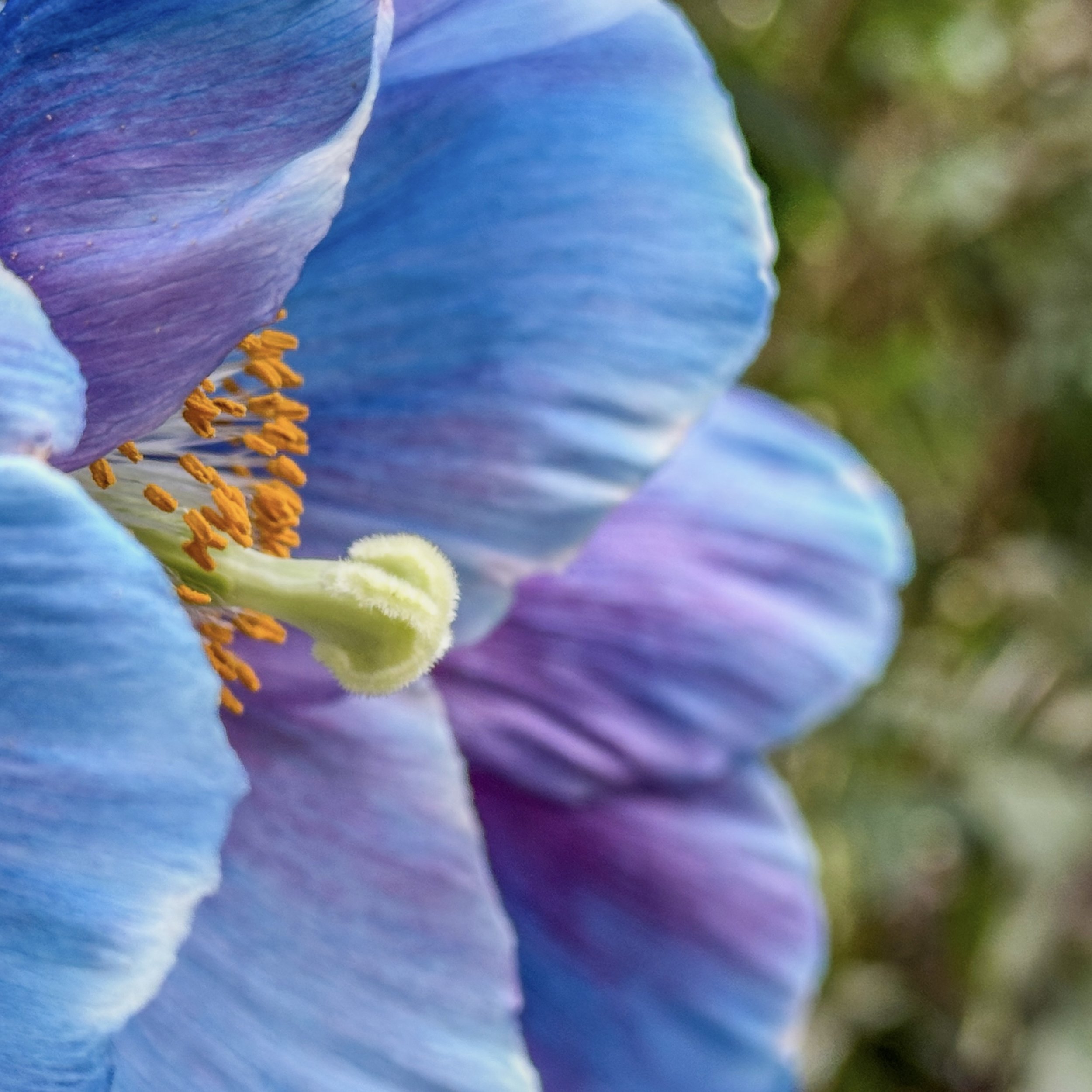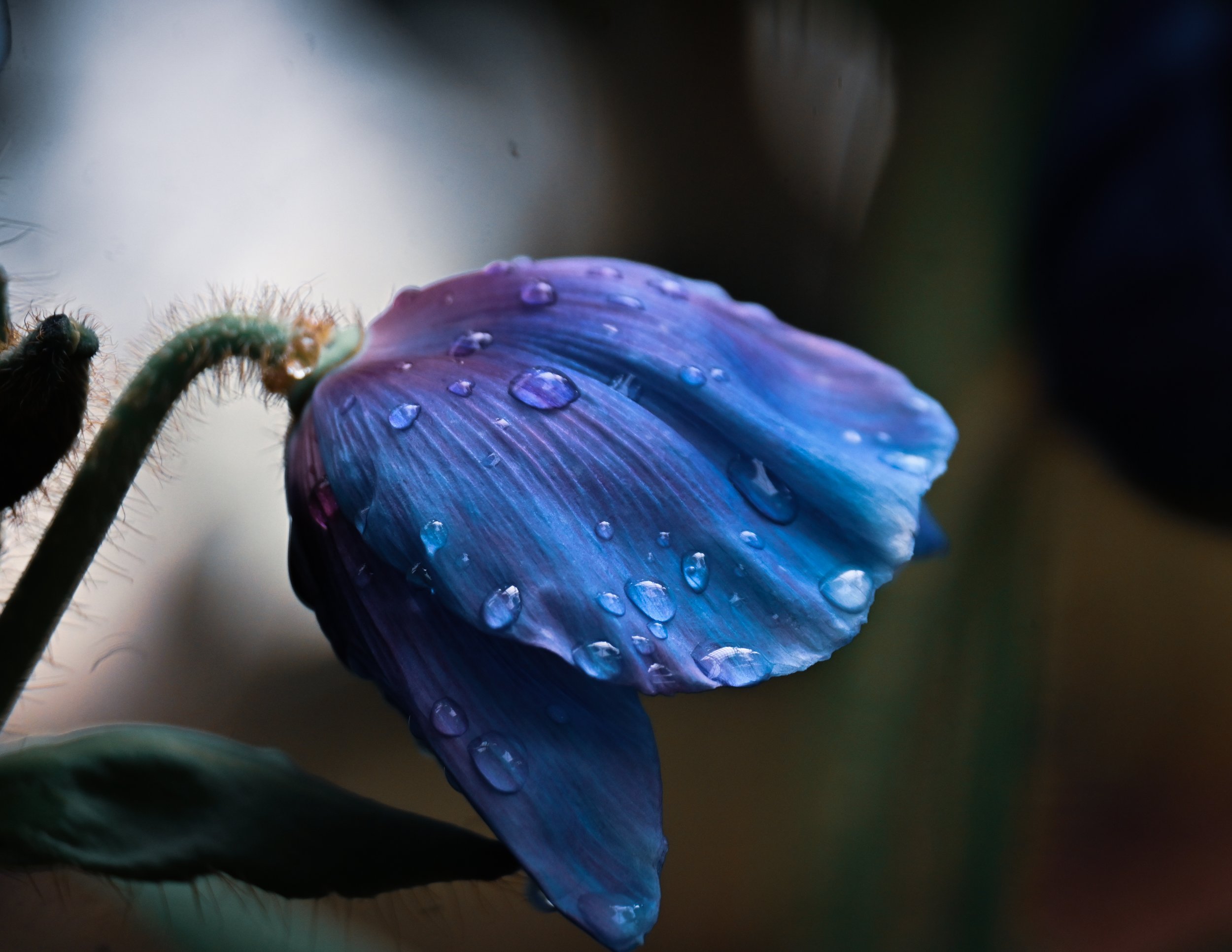Bloom of the Blue Poppies
The Himalayan Blue Poppy is a perennial originally found in Alpine regions. Its late spring or early summer blooms are typically short-lived, but are quite popular with pollinators such as bees and butterflies due to its rich nectar.
Similar to the red poppy’s sybolism as a remembrance of fallen soldiers, the blue poppy serves as a remembrance for animals that died during wartime.
The blue poppy is typically hard to grow, but not impossible in the northern United States or northern Europe. They require partial shade in a place safe from the harsh afternoon sun and protected from wind in rich, well-draining soil (1 part compost, 1 park fine bark mulch, 2 parts original soil). It is much easier to replant an existing plant rather than use seeds, but if seeds are the way you want to add these to your garden, the seeds must be fresh.
If you’d like to see these without the struggle of growing them yourself, Longwood Gardens has a collection of them currently on display (their horticulturalists force the bloom each March).

